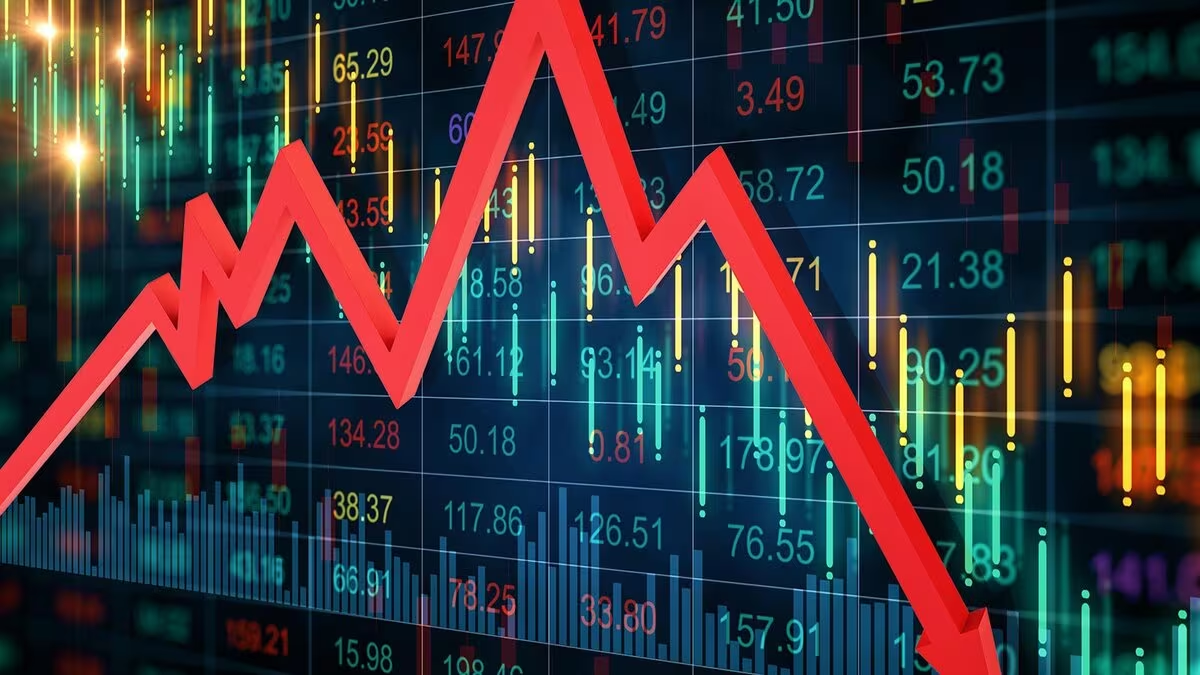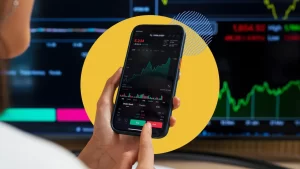
Traders and investors believe that there is information embedded in the past history of prices, so they might be reluctant to buy stocks that have recently shot up in price because they suspect a correction is on the way.
How long it will take for this to happen… well, trading latency has been cited as an issue for decades now so 25 years’ time would be my guess. What will trading look like in 25 years’ time? Think zero global latency trading of course. Trading transactions will be executed in fractions of a second…
Technology
New stock markets will run on technologies of artificial intelligence and big data analytics, as artificial intelligence will empower trading and market prediction while reducing opportunities for fraud and error.
Armed with trading programs that process unimaginable volumes of data and social-sentiment analytics ‘in the speed of light’, AI-powered daytraders can cut the habitual biases and decision-making fatigue of human beings to a fraction, acting without delay, day and night, nonstop for entire years, executing trades on the fly against predefined parameters such as take profit and stop loss levels.
With blockchain technology, decentralised exchanges and smart contracts will allow for easier trading, with automated processes to ensure complete transparency, fairness and security of every transaction. Beyond stock trading, other nascent technologies such as robo-advisers, VR and AR headsets, and quantum computing will create new revenue opportunities and lead to more efficient business operations for all stock exchanges worldwide.
Artificial Intelligence
It is becoming easier to reach financial goals through share trading due to artificial intelligence. This is because the AI algorithm collects the massive amounts of data and providing forecasting information, enabling investors to make the right decisions.
Furthermore, thanks to the blockchain technologies, a database of all the market transactions is distributed across thousands of computers that are publicly visible, which ensures the security of record keeping and confidence of investors in the market system.
AI technology has also made algorithmic trading much faster. Algorithmic trading makes decisions for traders, in milliseconds, and allows them to capitalise on market volatility that would otherwise allow for uncertainty – a huge advantage in a share market where the economy is fragile and whose data could easily be corrupted by fake news and other forms of manipulation.
Overall, in the future, the prospects for share trading markets look good, in the sense that AI technology will improve further, both in terms of the speed of algorithms and more generally as its technology becomes more powerful and more monetisable. Those who will profit from this will invest in AI technology, making it more widely applicable to the organisation, and more tightly coupled with business goals to fully exploit AI.
Robotics
With robotics a fast-growing industry, investors should well jump at these investment opportunities like Zebra Technologies (NASDAQ: ZBRA), which designs automated identification and data capture solutions for the businesses (such as barcode printers and scanners, mobile computers and workflow optimization software and robots).
While Artificial Intelligence could analyze stock market and financial data, track patterns, predict the future and evaluate risk, taking away human bias, time can be spent taking clients’ accounts and trading directly into their account.
Investors can also gain exposure to the global robotics industry via exchange-traded funds (ETFs), such as Global X Robotics & Artificial Intelligence ETF (NASDAQ: BOTZ), but individual companies can also provide lucrative investment opportunities – for example, UiPath sells software bots (computer programs designed to carry out tasks, such as moving data between databases, like a human assistant) that perform menial tasks for humans, helping to automate processes across a wide range of industries, including customer support, manufacturing and distribution. Some of the top players in the robotics sector include the outpatient surgical devices company Intuitive Surgical (NASDAQ: ISRG), the test equipment maker Teradyne, the software company PTC and many others.
Big Data
This can be shown using data-mining algorithms that uncover valuable clues to future market moves. Perhaps you think that the real magic is paying attention, that computers can exploit vast numbers of signals from financial reports, market movements, social media memes and every other source to predict the future. Maybe they do, but that’s not what gives big data its major advantage in share trading. Share prices are prone to seemingly random movements, so the main challenge is no longer making an informed choice among plausible options, but choosing something, anything. Most of the time, a lucky guess is as good a choice as any. The way to make any choice more likely to be the right one is not sheer brilliance, but a slavish dedication to making the same choice as everyone else. If you’re in a herd, try regurgitating everyone else’s opinions. That’s where big data comes into its own. Using data-mining algorithms to uncover previously inaccessible but indicative clues to future market moves is certainly valuable, but it’s not the biggest data-magic trick of all.
Moreover, the timeliness and variety of new data creation are constantly increasing and growing in scale, from structured data such as transaction records to unstructured/semi-structured data such as clickstreams, system logs and text.
These tools combine various forms of predictive analytics and machine learning algorithms to combine predictive insights and machine learning algorithms in ways that make it faster and easier for investors and traders to make decisions. To do so responsibly, while respecting users’ privacy and security, they would likely have to implement rigid data protection policies to safeguard the integrity and fairness of the market. Still, by incorporating big data into stock market analysis, we can unleash tremendous insight, innovation and efficiency gains while making sophisticated investment strategies accessible to those with the least resources and technical knowhow.








